Table of Contents
For centuries, people have been captivated by purple gemstones. Their stunning and mysterious colors impress. Amethyst comes in deep violet shades, tanzanite has an elusive glow, and all of these stones have their own attractiveness and rich, ancient history, as well as metaphysical properties. Used in jewelry, meditation, or simply as collectible gemstones, each natural purple gem has a story behind it, ringing with elegance, peaceful spirituality, and personal meaning.
For people who are looking to bring these purple gemstones into their lives, explore GemstonesForSale for genuine pieces, a trusted source for high-quality natural gemstones.
If you're curious about what semi-precious stones are purple or are just looking for a complete list of purple gemstones, this guide will showcase the most interesting purple crystals and stones, the general properties of each, and the symbolism of each unique charm, subtle to bold.

Stunning Purple Gemstones and Crystals
Purple gemstones have been admired for their classic beauty and magical symbolism. Every gem has a story that comes from its origin in nature, its culture, and the meaning it has had for many years. Let’s take a closer look at some of the most beautiful purple crystals and gemstones found around the globe.
-
Amethyst - The Timeless Violet Gem
February's birthstone, the amethyst, has been valued for centuries for its symbolic meanings of purity and tranquility. Amethyst ranges from light lilac to dark violet and typically has a glassy luster and is sourced from Brazil, Uruguay, and Zambia. Amethyst was notoriously thought to stave off drunkenness and enable rational thinking.
The International Gem Society (IGS) stresses that amethyst is, in fact, a high-quality purple gemstone and one of the most admired natural purple gemstones for its uniqueness of beauty, spirituality, and affordability.

If you want to dive deeper into the history of purple gems, explore Why Is Amethyst Known as the Royal Stone? to understand its royal legacy.
-
Sapphire - The Regal Violet Gem
The purple sapphire is part of the corundum family of stones and symbolizes nobility, wisdom, and strength. Purple sapphires come in a range of colors, from violet-lavender to deep plum. Most of them come from Sri Lanka, Madagascar, and Tanzania. Throughout history, sapphires have been associated with both divine favor and visual insight.
They are brilliant and strong enough materials for both engagement rings and heirloom jewelry. The IGS states that the rarity of purple sapphires, like all colored sapphires, is appreciated by gem collectors and royalty alike.

-
Tourmaline - The Energetic Violent Gem
Purple tourmalines are sourced from Brazil, Mozambique, and Nigeria and are often confused with rubellite. This stone has vivid pink and purple hues, and because of its internal sparkle, it's become a modern go-to for designers.
It is associated with creativity, emotional balance, and regeneration, which makes it a perfect stone for those who want both contemporary style and the meaning of natural purple gems.

-
Topaz - The Elegant Lavender Stone
Purple topaz is sourced from mining operations in Pakistan, Sri Lanka, and Brazil and displays soft lilac and violet tones. Its gentle hue and transparent color lend it a serene and refined appearance. Purple topaz is known for its ability to promote equilibrium and inspire creativity, and it is generally used in fine jewelry, like pendants and earrings.
Among all the purple crystals, topaz is notable for its brilliance, and additionally, it possesses a more refined energy than the other purple crystals.

-
Spinel - The Brilliant Violet Crystal
Purple spinel is frequently confused with sapphire due to its rich luster. Sources of purple spinel include Myanmar, Sri Lanka, and Vietnam, where purple spinels have adorned royal crowns for centuries - most famously the “Black Prince's Ruby,” a now-known red spinel.
The purple spinel represents new beginnings, strength, and vitality. In today's modern world, spinel is being celebrated for its ample clarity and distinctive sparkle, making it a wonderful hidden treasure for natural purple gems.

-
Tanzanite - The Mystical Blue-Purple Wonder
Tanzanite, which comes from only a small area near Mt. Kilimanjaro, Tanzania, is one of the modern birthstones for December, and other than sapphires and amethyst, tanzanite is known for its captivating combination of colors. In different directions, tanzanite displays a combo of violet, blue, and purple - an optical effect called pleochroism, in which gems can reveal more than one color in a range of directions.
Many people believe tanzanite connects the heart with the mind and creates new beginnings as inspiration for renewal and change. As stated by the International Gem Society (IGS), tanzanite is legendary, with its traditional metachromatic and rare trichroic properties.

-
Garnet - The Wine-Colored Beauty
Rhodolite garnet is a part of the garnet family and is January’s birthstone; it is a unique combination of rose, raspberry, and purple tones. It is mined in Sri Lanka, Mozambique, and Tanzania and offers warmth, love, and compassion.
Garnet has been used for centuries, since the ancient Romans, as a healthy, faithful gemstone. The rhodolite variety is treasured for its brilliant beauty and romantic color; it is an elegant expression of emotional strength and balance.

-
Jade - The Harmonious Lavender Gem
Lavender Jade, which is a type of jadeite, is highly valued in Myanmar and China because of its soothing violet color. Traditionally, jade was known as the stone of purity and protection and has been admired for thousands of years in Asian cultures.
The purple jadeite symbolizes peace and spiritual balance. Whether worn as a protective amulet or carved as an ornament, lavender jade represents harmony, emotional health, and longevity.

-
Kunzite - The Delicate Violet Gem
Kunzite, a pale pinkish-lavender stone found in California and Afghanistan, is connected with love, openness, and a potential for expression of emotions. It was named after George Frederick Kunz, a well-known gemologist at Tiffany & Co.
It is one of the most romantic purple gemstones because of its soft glow and natural clarity. It stands for loving devotion and calm energy.

-
Scapolite - The Creative Lavender Crystal
Scapolite is mined in Tanzania, Madagascar, and Myanmar and comes in soft hues of lavender and pale violet. It is linked to problem-solving, clarity, and commitment. Its name is derived from a Greek word, ‘shaft,’ which refers to its crystal shape.
Scapolite is a gem of mental clarity, formed from releasing fears and staying focused. Collectors value it for its rarity and the beautiful luminosity among types of purple crystal.

-
Sugilite - The Healing Violet Gem
Sugilite was first discovered in Japan in the 1940s and later mined in extensive deposits in South Africa. It is popularly known as the “stone of love and light.” It is recognized in the deep opaque violet hue with radiance that represents calmness and healing.
Sugilite serves as a powerful stone in spiritual work to increase positivity and remove emotional pain. According to the IGS, sugilite is one of the rare, naturally vivid purple gems and is equally loved for its metaphysical energy and aesthetic.

-
Charoite - The Transformative Violet Stone
Charoite can only be found in the Murun Massif of Siberia, Russia, and has distinctive swirling purple and white patterns that are easy to identify. This rare stone is linked with transformation and courage and is said to help release fears and allow you to embrace change.
According to the International Gem Society (IGS), charoite's fibrous structure creates a soft shimmer that distinguishes it from all other purple stones, both visually and when feeling its energies.

-
Fluorite: The Calming Lavender Crystal
Often referred to as the "Genius Stone," fluorite is known for its beautiful color bands of purple, green, and blue. Fluorite is harvested from several locations, including China, Mexico, and the USA, and is said to help enhance your focus and intuition.
Victorians carved and designed ornamental jewelry with fluorite due to its soft glow. Fluorite is one of the most visually stunning purple crystals and stones, treasured among collectors and healers.

-
Purple Agate - The Earth’s Gentle Energy
Like other agates, purple agate developed over millions of years with beautiful bands of violet, lilac, and cream. Purple agate can be found in Brazil, Uruguay, and here in the USA through the many geodes discovered over the past few hundred years. Agate indicates balance, grounding, and self-acceptance.
Ancient Egyptians used agate as protective amulets and in carvings. Agate continues to be known as a stone for spiritual stability, demonstrating how the natural art of creation by the Earth can reflect emotional tranquility.

-
Serpentine: A Guardian Stone
Purple serpentine can be found in Italy, Canada, and New Zealand. The purple has a smooth texture and muted lilac undertones. Ancient people also used serpentine in talismans for protection and strength. The name “serpentine” comes from the Latin word serpens, which means “snake.”
It represents the greenish or violet marbled patterns. Serpentine teaches us emotional strength and connection to the earth, making it a grounded yet graceful natural purple gemstone.

If you want to Know How to Identify Amethyst vs Other Purple Gemstones: Complete Visual Guide read it
Purple Gemstone Comparison Table

Final Thoughts
Purple gemstones embody beauty, mystique, and profound spiritual significance. Each of the purple-hued gems in the survey, from the timeless beauty of amethyst to the exotic scarcity of tanzanite to the soft transparency of kunzite, tells a story of transformation and balance. Purple hues, ranging from pale lilac to deep royal violet, inspire peace and creativity, and they are popular among jewelers, collectors, and energy workers alike.
Many natural purple gemstones have increased in popularity for their stunning colors and metaphysical connections, according to the International Gem Society. Sugilite, charoite, and purple spinel have now found their place, both aesthetically and metaphysically, either in fine jewelry or as natural purple crystals and stones used for support with energy work.
If you feel drawn to own a piece of that experience, I highly suggest looking for ethically sourced natural purple gemstones (especially from reputable dealers). Be it a luxuriously beautiful sapphire or the spiritually grounding properties of jade or agate, there is a purple gem for everyone!
FAQ
1. Which purple gemstones are the most recognized and widely used?
Some of the recognized and widely used purple gemstones include amethyst, tanzanite, purple sapphire, spinel, and charoite. They each have their own unique appeal, with the deep purple amethyst being the most widely available and the rare tanzanite being the most exclusive.
2. Which purple gemstone is the rarest?
Tanzanite is considered to be one of the rarest gemstones since it can only be found in a small area adjacent to Mount Kilimanjaro, Tanzania. Rare finds also include sugilite and violet scapolite, which are both valued for their color and rarity.
3. What do purple gemstones symbolize?
Purple gemstones are often associated with wisdom, spiritual growth, peace, and transformation. The color purple was once associated with royalty and with a connection to the divine, and for that reason, many purple-colored stones have retained that meaning.
4. Are all purple gemstones natural?
Most purple gemstone varieties are naturally occurring gems, except purple topaz or quartz that may have been heat-treated or irradiated to enhance their color. You should always buy from a reputable gemstone dealer, and reputable dealers will disclose whether or not gemstones have undergone treatments.
5. What are the best purple gemstones for jewelry?
For wearability, durability, and practicality, go with either purple sapphire, spinel, garnet, or topaz for daily wear. The soft stones, like charoite or fluorite, are better suited for pendants or for pieces in your collection.
Visited 969 No. of Time(s), 87 Visit(s) Today
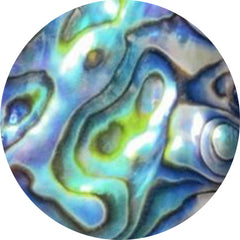 Abalone shell (124)
Abalone shell (124)
 Actinolite (1)
Actinolite (1)
 Affordable gemstones (17237)
Affordable gemstones (17237)
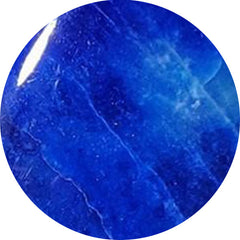 Afghanite (7)
Afghanite (7)
 Agate (2510)
Agate (2510)
 Agua nueva (11)
Agua nueva (11)
 All gemstones (1)
All gemstones (1)
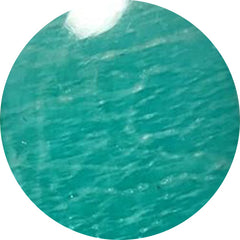 Amazonite (155)
Amazonite (155)
 Amber (118)
Amber (118)
 Amethyst (578)
Amethyst (578)
 Ametrine (22)
Ametrine (22)
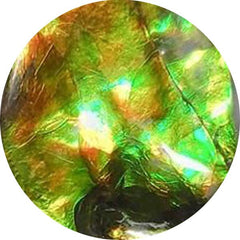 Ammolite (27)
Ammolite (27)
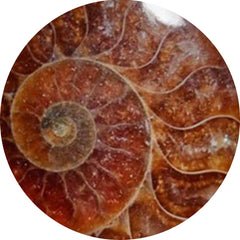 Ammonite (72)
Ammonite (72)
 Andalusite (1)
Andalusite (1)
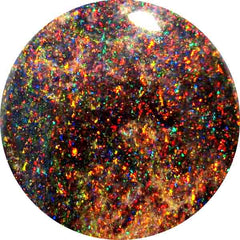 Andamooka opal (1)
Andamooka opal (1)
 Andesine (0)
Andesine (0)
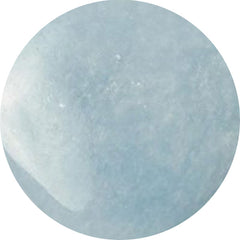 Angelite (28)
Angelite (28)
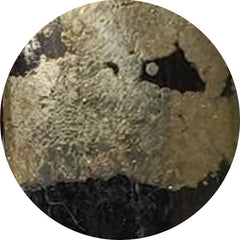 Apache gold (22)
Apache gold (22)
 Apatite (135)
Apatite (135)
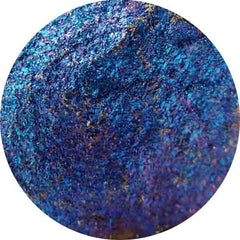 Apophyllite (1)
Apophyllite (1)
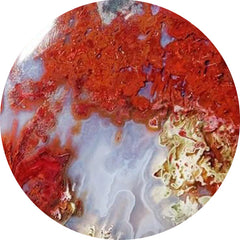 Apple valley agate (0)
Apple valley agate (0)
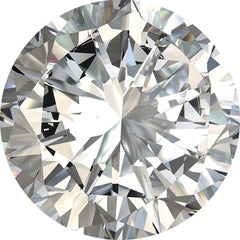 April birthstone (1859)
April birthstone (1859)
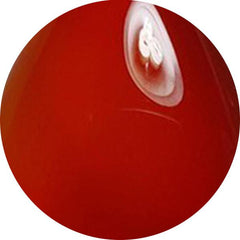 Aqeeq (0)
Aqeeq (0)
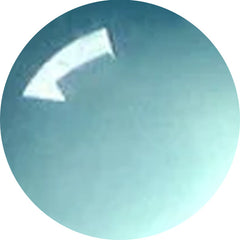 Aqua chalcedony (19)
Aqua chalcedony (19)
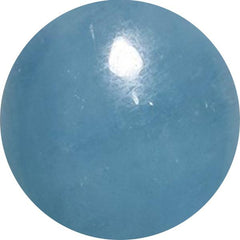 Aquamarine (80)
Aquamarine (80)
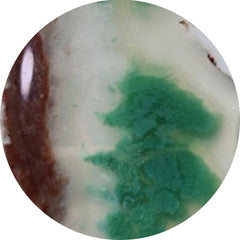 Aquaprase (64)
Aquaprase (64)
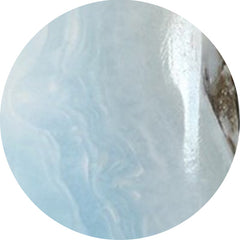 Aragonite (16)
Aragonite (16)
 Arfvedsonite (12)
Arfvedsonite (12)
 Aristolite (0)
Aristolite (0)
 Arizona turquoise (0)
Arizona turquoise (0)
 Arnioceras semicostatum fossil (0)
Arnioceras semicostatum fossil (0)
 Asteroid jasper (11)
Asteroid jasper (11)
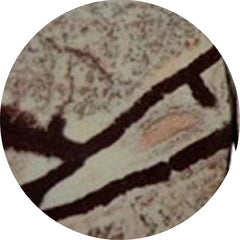 Astrophyllite (54)
Astrophyllite (54)
 Atlantasite (87)
Atlantasite (87)
 August birthstone (93)
August birthstone (93)
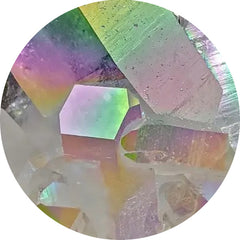 Aura quartz (0)
Aura quartz (0)
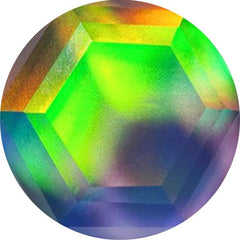 Aurora opal (317)
Aurora opal (317)
 Australian opal (20)
Australian opal (20)
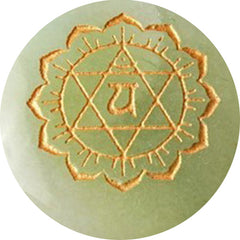 Aventurine (66)
Aventurine (66)
 Azurite (284)
Azurite (284)
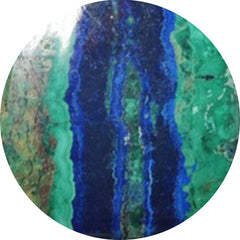 Azurite malachite (21)
Azurite malachite (21)
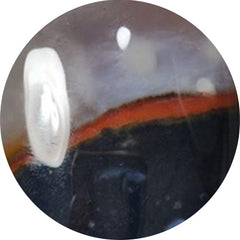 Banded agate (79)
Banded agate (79)
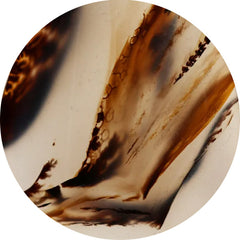 Barber agate (0)
Barber agate (0)
 Barite (13)
Barite (13)
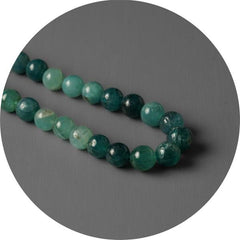 Beads (53)
Beads (53)
 Beer quartz (23)
Beer quartz (23)
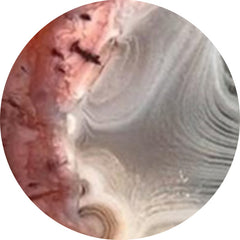 Berber agate (4)
Berber agate (4)
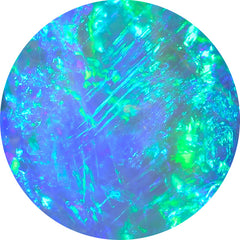 Best seller (0)
Best seller (0)
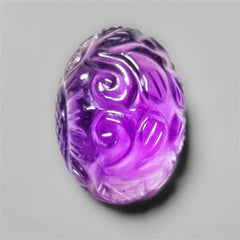 Bestsellers: a selection of our most-loved stones (463)
Bestsellers: a selection of our most-loved stones (463)
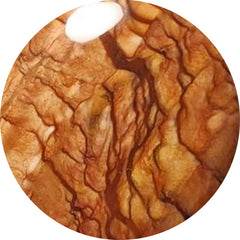 Biggs jasper (30)
Biggs jasper (30)
 Bird carving (104)
Bird carving (104)
 Bird eye jasper (45)
Bird eye jasper (45)
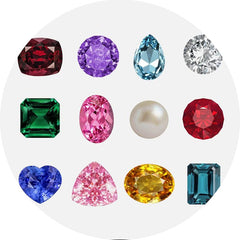 Birthstones (0)
Birthstones (0)
 Biwa pearl (34)
Biwa pearl (34)
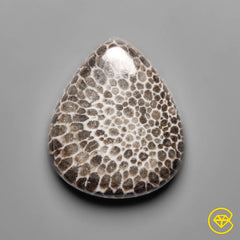 Black gemstones (952)
Black gemstones (952)
 Black onyx (181)
Black onyx (181)
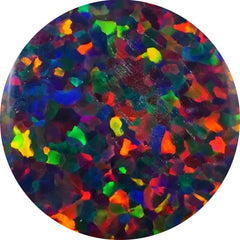 Black opal (36)
Black opal (36)
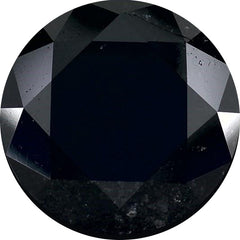 Black spinel (33)
Black spinel (33)
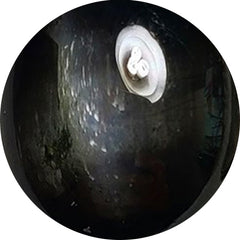 Black star (31)
Black star (31)
 Black tourmaline (78)
Black tourmaline (78)
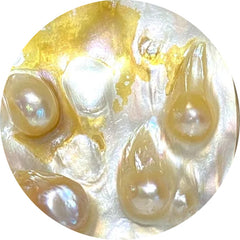 Blister pearl (30)
Blister pearl (30)
 Bloodshot iolite (77)
Bloodshot iolite (77)
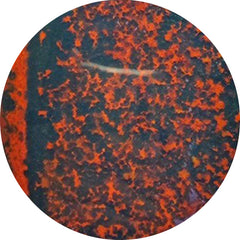 Bloodstone (66)
Bloodstone (66)
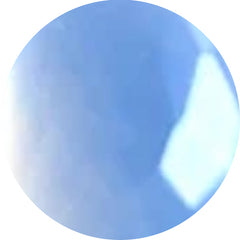 Blue chalcedony (42)
Blue chalcedony (42)
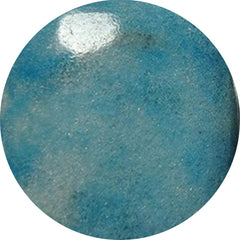 Blue diopside (0)
Blue diopside (0)
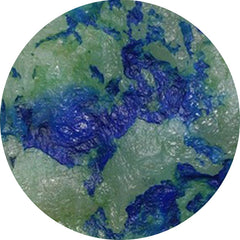 Blue horizon (15)
Blue horizon (15)
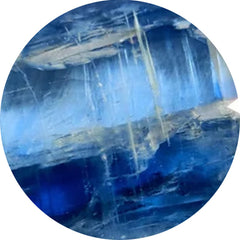 Blue kyanite (36)
Blue kyanite (36)
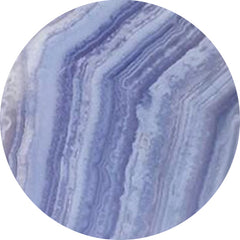 Blue lace agate (257)
Blue lace agate (257)
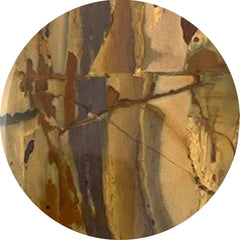 Blue mountain jasper (0)
Blue mountain jasper (0)
 Blue opal (154)
Blue opal (154)
 Blue quartz (40)
Blue quartz (40)
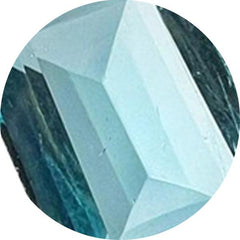 Blue topaz (50)
Blue topaz (50)
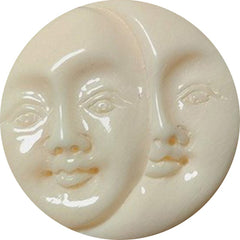 Bone (9)
Bone (9)
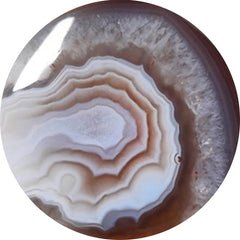 Botswana agate (247)
Botswana agate (247)
 Bronze (0)
Bronze (0)
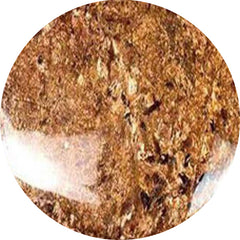 Bronzite (2)
Bronzite (2)
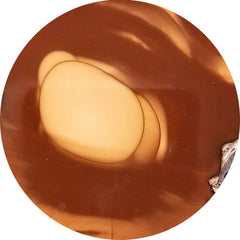 Bruneau jasper (15)
Bruneau jasper (15)
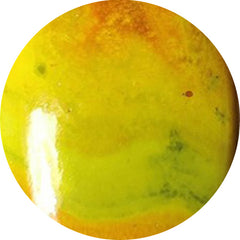 Bumble bee jasper (200)
Bumble bee jasper (200)
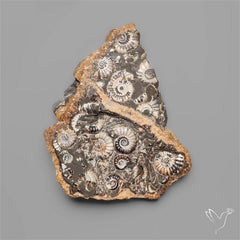 Buy gemstones in usa (839)
Buy gemstones in usa (839)
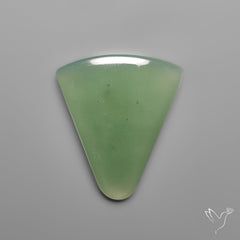 Cabochons (12853)
Cabochons (12853)
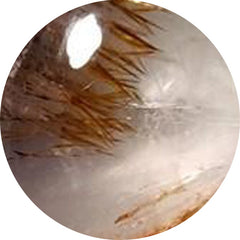 Cacoxenite (66)
Cacoxenite (66)
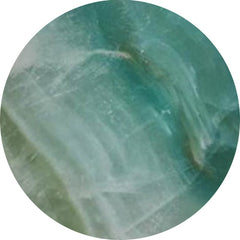 Calcite (220)
Calcite (220)
 Calibrated (139)
Calibrated (139)
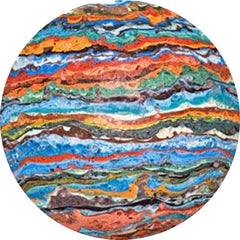 Calsilica (0)
Calsilica (0)
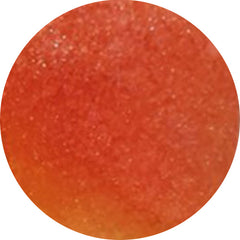 Candy corn (6)
Candy corn (6)
 Cantera opal (18)
Cantera opal (18)
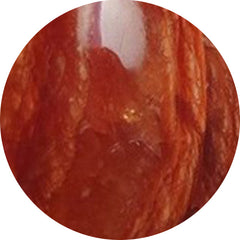 Caramel opal (2)
Caramel opal (2)
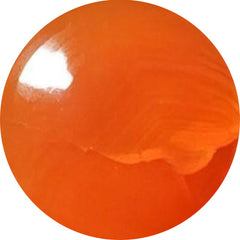 Carnelian (51)
Carnelian (51)
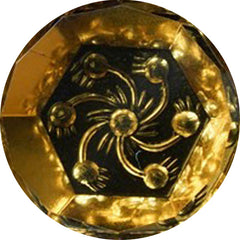 Carving (1803)
Carving (1803)
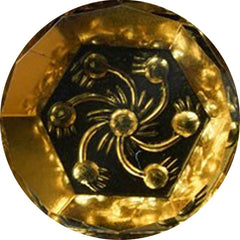 Carvings (2066)
Carvings (2066)
 Cats eye (61)
Cats eye (61)
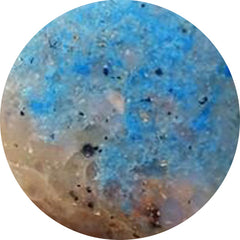 Cavansite (16)
Cavansite (16)
 Celestobarite (7)
Celestobarite (7)
 Ceruleite (0)
Ceruleite (0)
 Chakra stone (31)
Chakra stone (31)
 Chalcedony (453)
Chalcedony (453)
 Charoite (191)
Charoite (191)
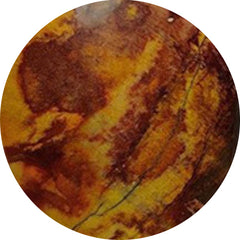 Cherry creek jasper (10)
Cherry creek jasper (10)
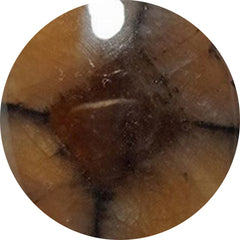 Chiastolite (16)
Chiastolite (16)
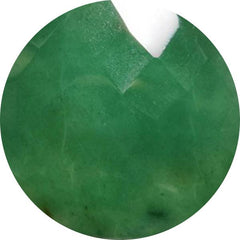 Chrome chalcedony (83)
Chrome chalcedony (83)
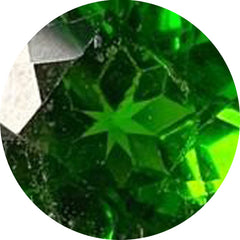 Chrome diopside (20)
Chrome diopside (20)
 Chrysanthemum fossil (0)
Chrysanthemum fossil (0)
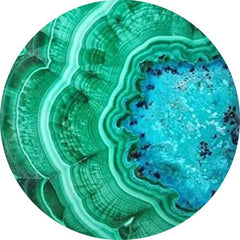 Chrysocolla (410)
Chrysocolla (410)
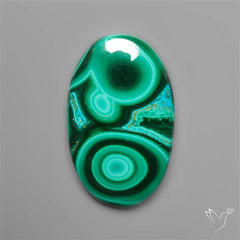 Chrysocolla malachite (76)
Chrysocolla malachite (76)
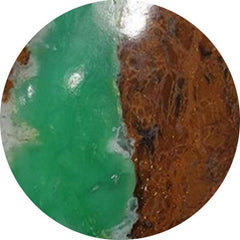 Chrysoprase (324)
Chrysoprase (324)
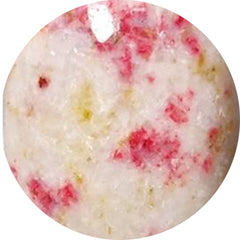 Cinnabar (14)
Cinnabar (14)
 Citrine (111)
Citrine (111)
 Cobalto calcite (66)
Cobalto calcite (66)
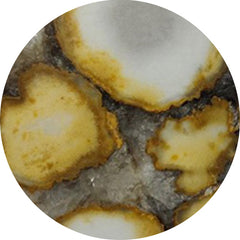 Cobra jasper (30)
Cobra jasper (30)
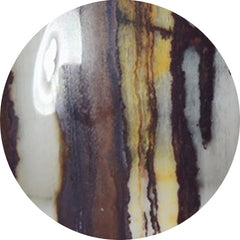 Coconut jasper (2)
Coconut jasper (2)
 Coffee bean jasper (2)
Coffee bean jasper (2)
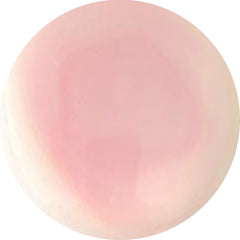 Conch shell (7)
Conch shell (7)
 Coppernite (0)
Coppernite (0)
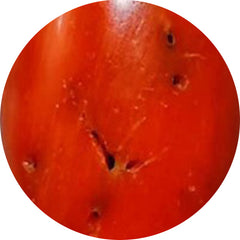 Coral (359)
Coral (359)
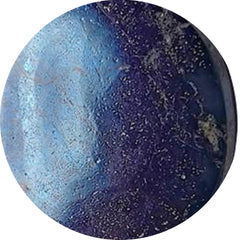 Covellite (5)
Covellite (5)
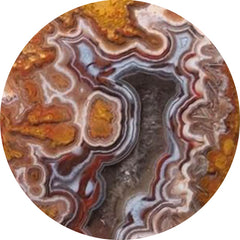 Crazy lace agate (187)
Crazy lace agate (187)
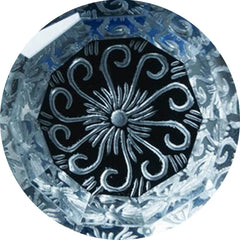 Crystal (205)
Crystal (205)
 Cuprite (26)
Cuprite (26)
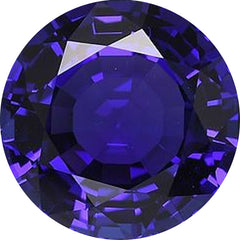 December birthstone (291)
December birthstone (291)
 Dendritic agate (445)
Dendritic agate (445)
 Dendritic opal (76)
Dendritic opal (76)
 Dendritic quartz (2)
Dendritic quartz (2)
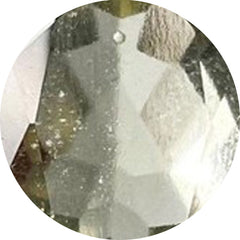 Desert glass (9)
Desert glass (9)
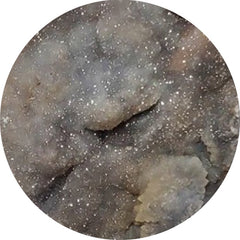 Desert jasper druzy (15)
Desert jasper druzy (15)
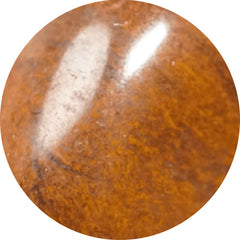 Desert sunset jasper (10)
Desert sunset jasper (10)
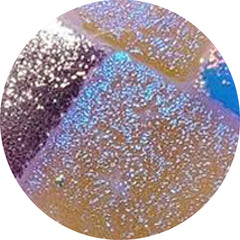 Dichroic glass (150)
Dichroic glass (150)
 Dinosaur bone fossil (3)
Dinosaur bone fossil (3)
 Diopside (54)
Diopside (54)
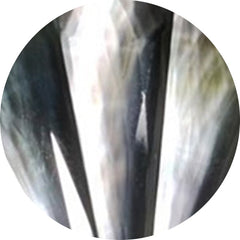 Doublets (881)
Doublets (881)
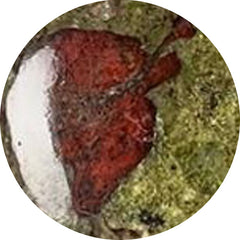 Dragonblood jasper (1)
Dragonblood jasper (1)
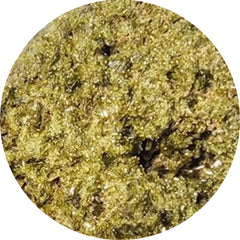 Druzy (431)
Druzy (431)
 Dumortierite (61)
Dumortierite (61)
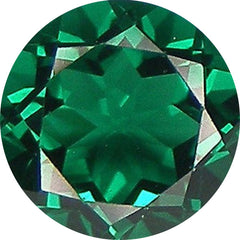 Emerald (64)
Emerald (64)
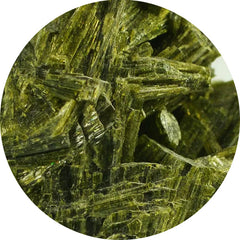 Epidote (10)
Epidote (10)
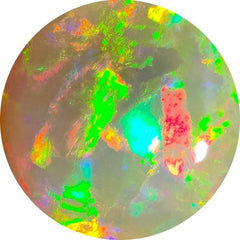 Ethiopian opal (62)
Ethiopian opal (62)
 Eudialyte (11)
Eudialyte (11)
 Faceted rose cut (2440)
Faceted rose cut (2440)
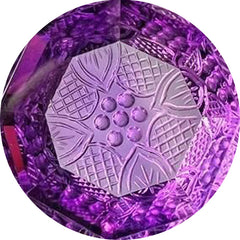 Fantasy cuts (52)
Fantasy cuts (52)
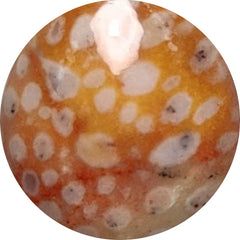 Fawn jasper (13)
Fawn jasper (13)
 Feather agate (0)
Feather agate (0)
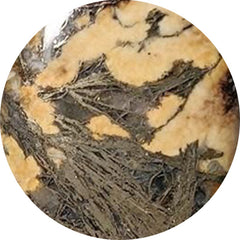 Feather pyrite (39)
Feather pyrite (39)
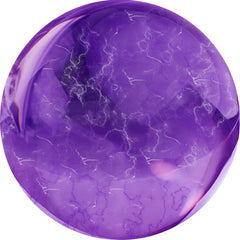 February birthstone (2871)
February birthstone (2871)
 Fine amethyst (32)
Fine amethyst (32)
 Fine ametrine (22)
Fine ametrine (22)
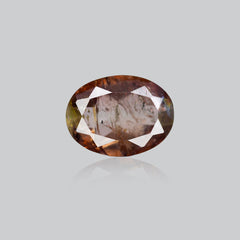 Fine andalusite (1)
Fine andalusite (1)
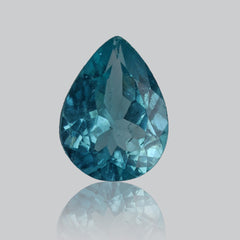 Fine apatite (5)
Fine apatite (5)
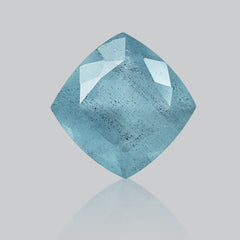 Fine aquamarine (8)
Fine aquamarine (8)
 Fine black opal (7)
Fine black opal (7)
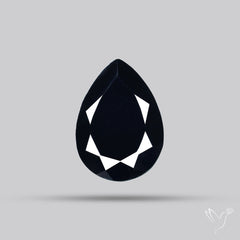 Fine black spinel (14)
Fine black spinel (14)
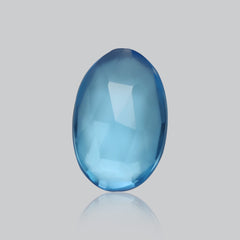 Fine blue topaz (30)
Fine blue topaz (30)
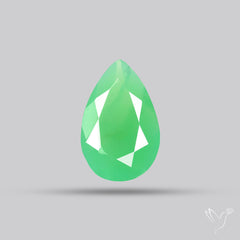 Fine chrysoprase (16)
Fine chrysoprase (16)
 Fine citrine (24)
Fine citrine (24)
 Fine emerald (12)
Fine emerald (12)
 Fine ethiopian opal (20)
Fine ethiopian opal (20)
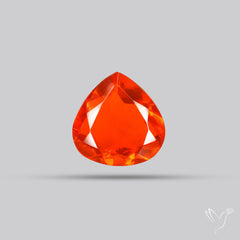 Fine fire opal (9)
Fine fire opal (9)
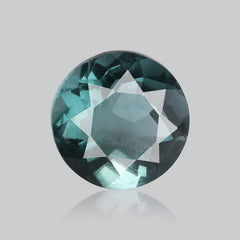 Fine fluorite (12)
Fine fluorite (12)
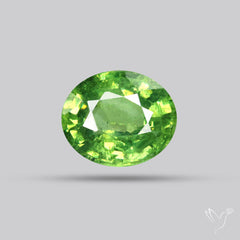 Fine garnet (37)
Fine garnet (37)
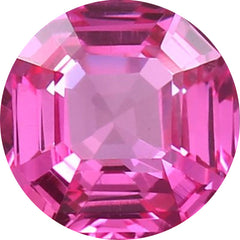 Fine gemstone (0)
Fine gemstone (0)
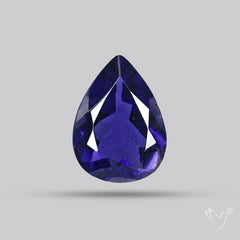 Fine iolite (31)
Fine iolite (31)
 Fine kyanite (30)
Fine kyanite (30)
 Fine lemon quartz (14)
Fine lemon quartz (14)
 Fine lepidocrocite (46)
Fine lepidocrocite (46)
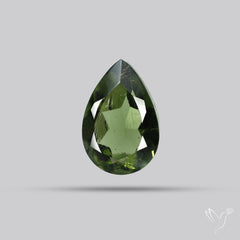 Fine moldavite (21)
Fine moldavite (21)
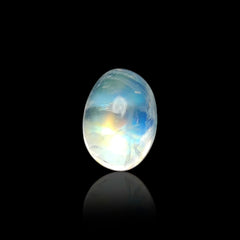 Fine moonstone (7)
Fine moonstone (7)
 Fine peridot (57)
Fine peridot (57)
 Fine prasiolite (26)
Fine prasiolite (26)
 Fine ruby (15)
Fine ruby (15)
 Fine rutilated quartz (19)
Fine rutilated quartz (19)
 Fine sapphire (10)
Fine sapphire (10)
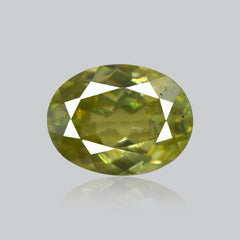 Fine sphene (17)
Fine sphene (17)
 Fine sunstone (80)
Fine sunstone (80)
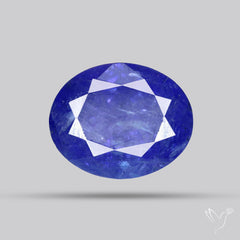 Fine tanzanite (52)
Fine tanzanite (52)
 Fine tourmaline (67)
Fine tourmaline (67)
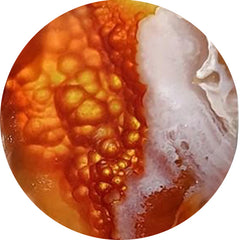 Fire agate (7)
Fire agate (7)
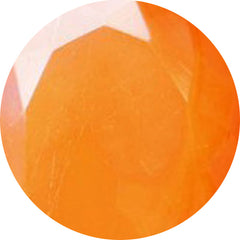 Fire opals (45)
Fire opals (45)
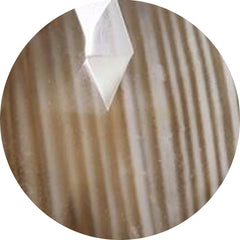 Flint stone (10)
Flint stone (10)
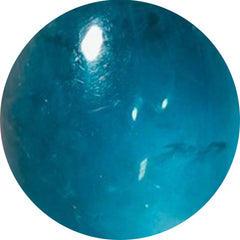 Fluorite (156)
Fluorite (156)
 Fordite (63)
Fordite (63)
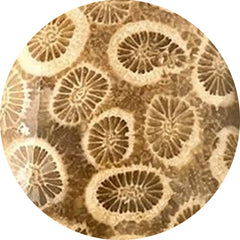 Fossil coral (326)
Fossil coral (326)
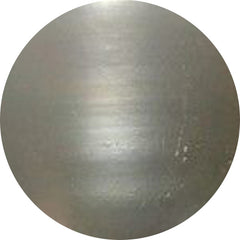 Fossil marston marble (20)
Fossil marston marble (20)
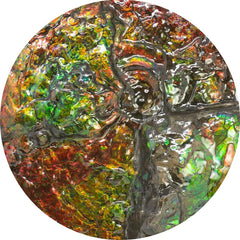 Fossils (524)
Fossils (524)
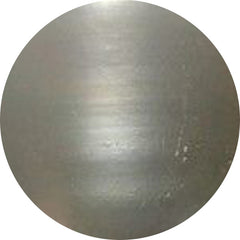 Freshwater pearl (22)
Freshwater pearl (22)
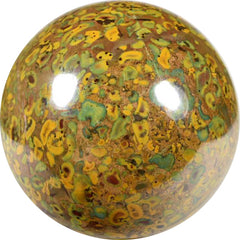 Fruit jasper (14)
Fruit jasper (14)
 Fuchsite (7)
Fuchsite (7)
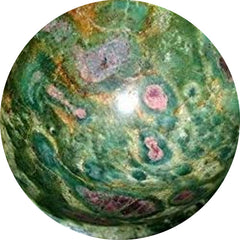 Fuschite (10)
Fuschite (10)
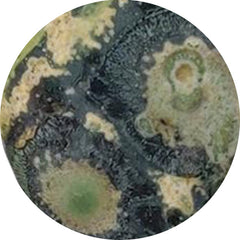 Galaxy jasper (9)
Galaxy jasper (9)
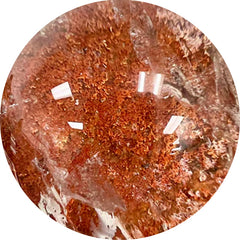 Garden quartz (6)
Garden quartz (6)
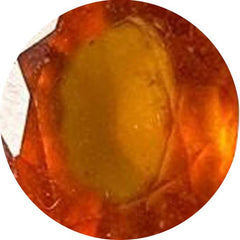 Garnet (120)
Garnet (120)
 Garnet in limestone (36)
Garnet in limestone (36)
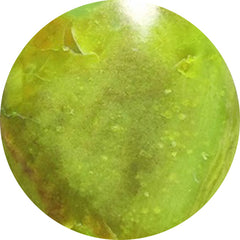 Gaspeite (14)
Gaspeite (14)
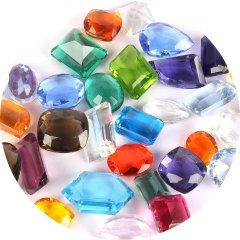 Gemstone lots (447)
Gemstone lots (447)
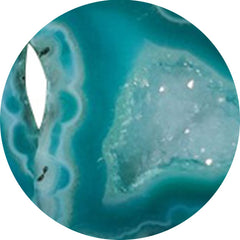 Geode (38)
Geode (38)
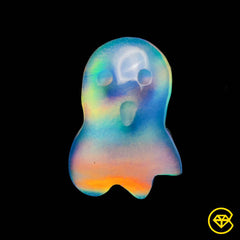 Ghost carving (57)
Ghost carving (57)
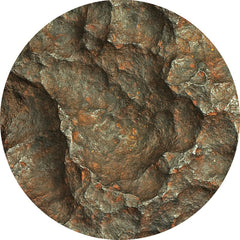 Gibeon meteorite (23)
Gibeon meteorite (23)
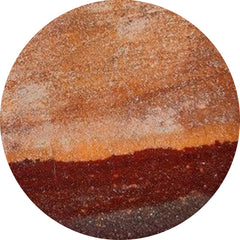 Gila monster agate (16)
Gila monster agate (16)
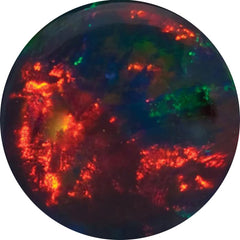 Gilson opal (22)
Gilson opal (22)
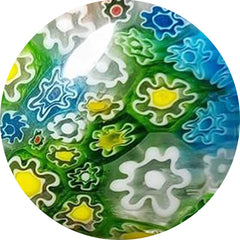 Glass (188)
Glass (188)
 Glow stone (12)
Glow stone (12)
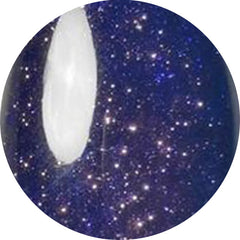 Goldstone (35)
Goldstone (35)
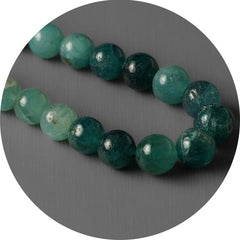 Grandidierite (8)
Grandidierite (8)
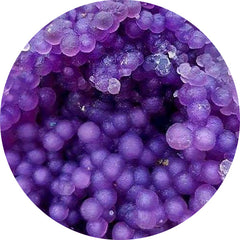 Grape agate (114)
Grape agate (114)
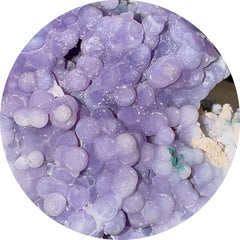 Grape chalcedony (4)
Grape chalcedony (4)
 Green gemstones (452)
Green gemstones (452)
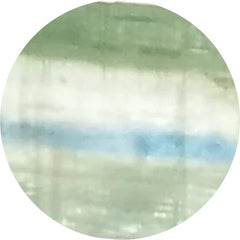 Green kyanite (7)
Green kyanite (7)
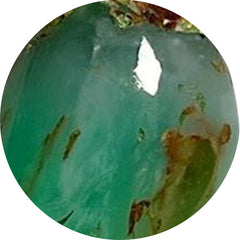 Green prase opal (8)
Green prase opal (8)
 Green tourmaline (24)
Green tourmaline (24)
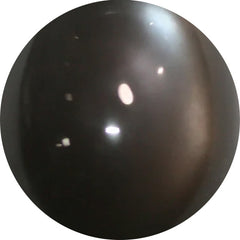 Grey moonstone (31)
Grey moonstone (31)
 Guava quartz (9)
Guava quartz (9)
 Hackmanite (11)
Hackmanite (11)
 Heart carving (359)
Heart carving (359)
 Heart shape gemstones (3)
Heart shape gemstones (3)
 Heliodor (0)
Heliodor (0)
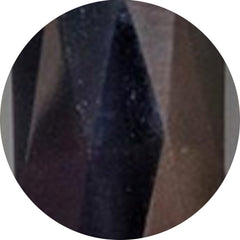 Hematite (37)
Hematite (37)
 Hemimorphite (54)
Hemimorphite (54)
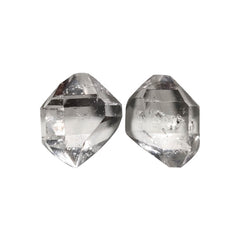 Herkimer diamond (40)
Herkimer diamond (40)
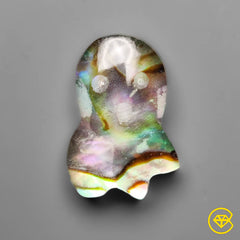 Himalayan quartz (439)
Himalayan quartz (439)
 Honey quartz (19)
Honey quartz (19)
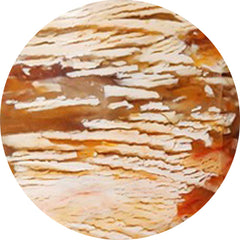 Howardite opal (29)
Howardite opal (29)
 Howlite (4)
Howlite (4)
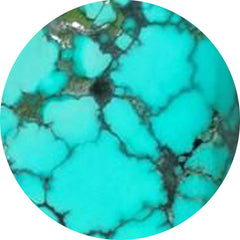 Hubei turquoise (55)
Hubei turquoise (55)
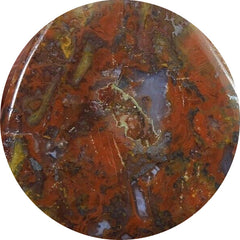 Hungarian agate (1)
Hungarian agate (1)
 Hypersthene (44)
Hypersthene (44)
 Ice quartz (1)
Ice quartz (1)
 Idocrase (1)
Idocrase (1)
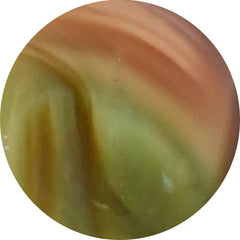 Imperial jasper (116)
Imperial jasper (116)
 Imperial topaz (0)
Imperial topaz (0)
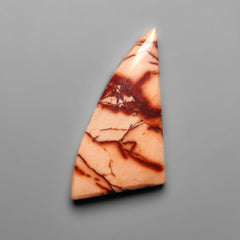 Indian paint stone (5)
Indian paint stone (5)
 Iolite (160)
Iolite (160)
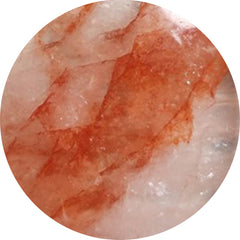 Iron quartz (48)
Iron quartz (48)
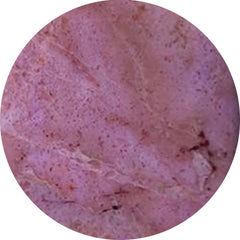 Jade (34)
Jade (34)
 January birthstone (450)
January birthstone (450)
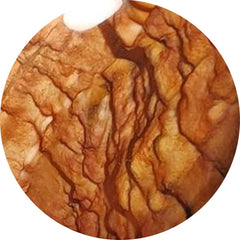 Jaspers (35)
Jaspers (35)
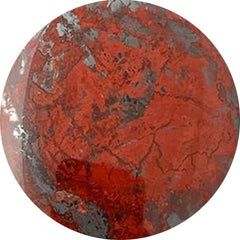 Jaspillite (3)
Jaspillite (3)
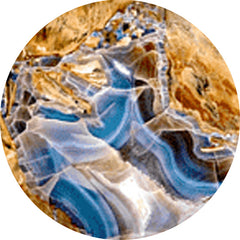 Java chalcedony (16)
Java chalcedony (16)
 July birthstone (561)
July birthstone (561)
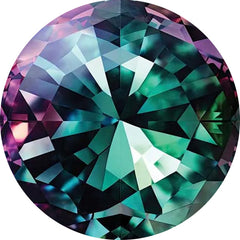 June birthstones: moonstone, pearl, and alexandrite (964)
June birthstones: moonstone, pearl, and alexandrite (964)
 K2 jasper (8)
K2 jasper (8)
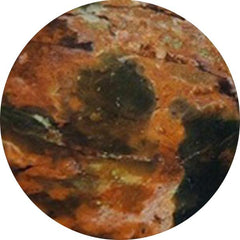 Kaleidoscope agate (0)
Kaleidoscope agate (0)
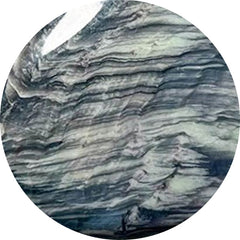 Kammererite (103)
Kammererite (103)
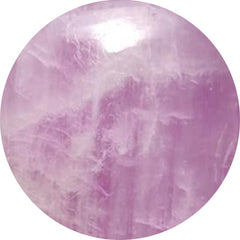 Kunzite (7)
Kunzite (7)
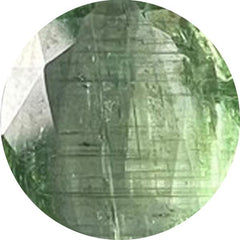 Kyanite (101)
Kyanite (101)
 Labradorite (278)
Labradorite (278)
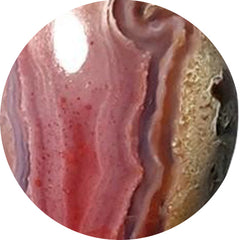 Laguna lace agate (60)
Laguna lace agate (60)
 Lake superior agate (26)
Lake superior agate (26)
 Landscape jasper (0)
Landscape jasper (0)
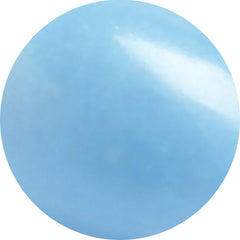 Langite (0)
Langite (0)
 Lapis lazuli (169)
Lapis lazuli (169)
 Larimar (129)
Larimar (129)
 Larsonite (17)
Larsonite (17)
 Larvikite feldspar (46)
Larvikite feldspar (46)
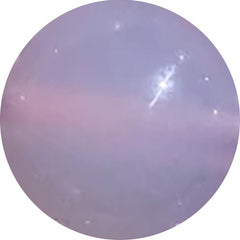 Lavender chalcedony (17)
Lavender chalcedony (17)
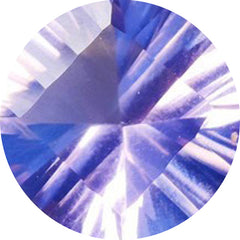 Lavender quartz (5)
Lavender quartz (5)
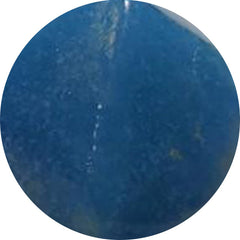 Lazulite (8)
Lazulite (8)
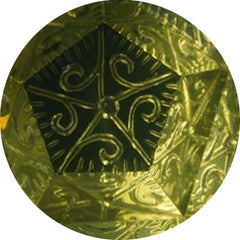 Lemon quartz (45)
Lemon quartz (45)
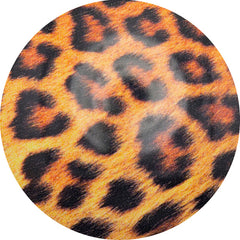 Leopard skin shell (0)
Leopard skin shell (0)
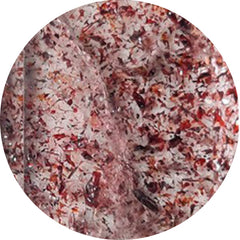 Lepidocrocite (55)
Lepidocrocite (55)
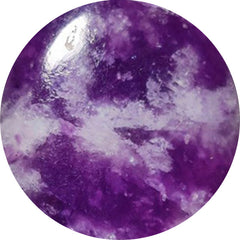 Lepidolite (82)
Lepidolite (82)
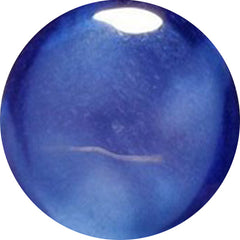 Lindy star sapphire (0)
Lindy star sapphire (0)
 Lizardite (55)
Lizardite (55)
 Lodolite (93)
Lodolite (93)
 London blue topaz (10)
London blue topaz (10)
 Malachite (582)
Malachite (582)
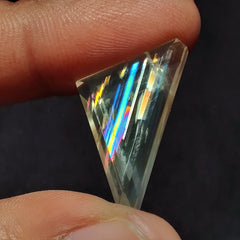 Malawi moonstone (36)
Malawi moonstone (36)
 Maligano jasper (71)
Maligano jasper (71)
 Marcasite (27)
Marcasite (27)
 March birthstone (1477)
March birthstone (1477)
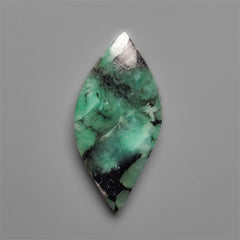 Marquise shape gemstones (5)
Marquise shape gemstones (5)
 Mary ellen jasper (0)
Mary ellen jasper (0)
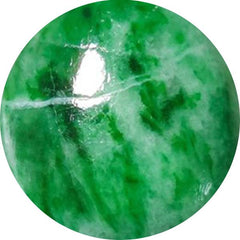 Maw sit sit (16)
Maw sit sit (16)
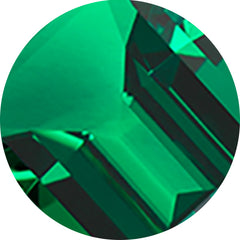 May birthstone (448)
May birthstone (448)
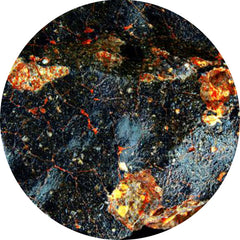 Meteorite (23)
Meteorite (23)
 Mica (45)
Mica (45)
 Midnight quartzite (20)
Midnight quartzite (20)
 Millefiori glass (2)
Millefiori glass (2)
 Mohave turquoise (62)
Mohave turquoise (62)
 Mohawkites (20)
Mohawkites (20)
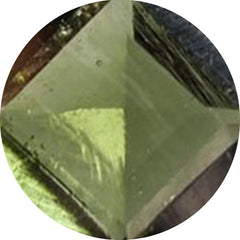 Moldavite (47)
Moldavite (47)
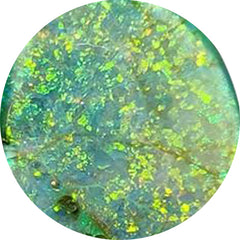 Monarch opal (29)
Monarch opal (29)
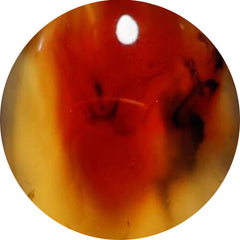 Montana agate (86)
Montana agate (86)
 Mookaite (40)
Mookaite (40)
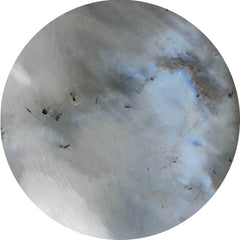 Moonstone (309)
Moonstone (309)
 Morado opal (1)
Morado opal (1)
 Morenci turquoise (41)
Morenci turquoise (41)
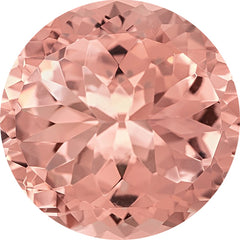 Morganite (0)
Morganite (0)
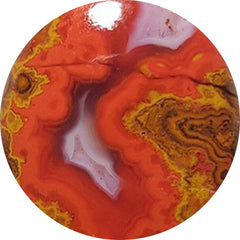 Moroccan seam agate (121)
Moroccan seam agate (121)
 Moss agate (392)
Moss agate (392)
 Mother of pearl (528)
Mother of pearl (528)
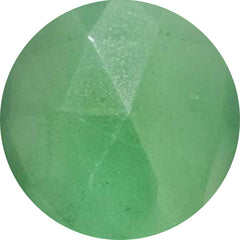 Mtorolite (46)
Mtorolite (46)
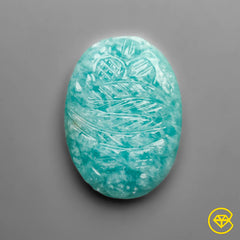 Mughal carving (486)
Mughal carving (486)
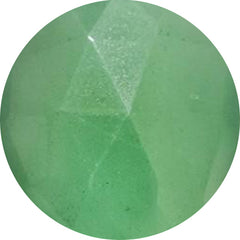 Muscovite (21)
Muscovite (21)
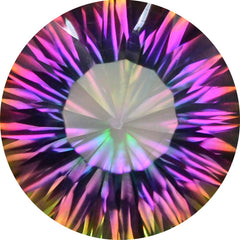 Mystic quartz (1)
Mystic quartz (1)
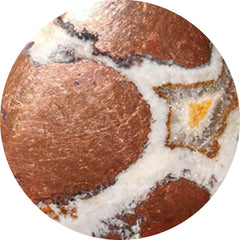 Native copper (34)
Native copper (34)
 Natrolite (26)
Natrolite (26)
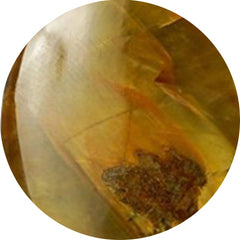 Nellite (6)
Nellite (6)
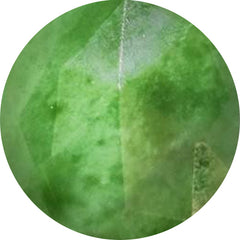 Nephrite jade (2)
Nephrite jade (2)
 New arrivals (396)
New arrivals (396)
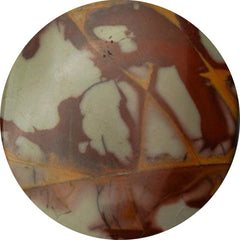 Noreena jasper (28)
Noreena jasper (28)
 November birthstone (160)
November birthstone (160)
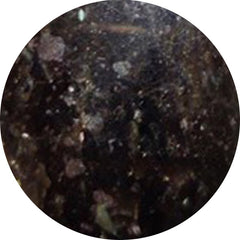 Nuummite (2)
Nuummite (2)
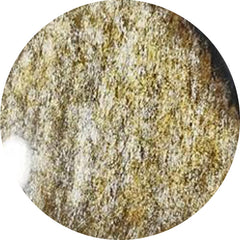 Obsidian (340)
Obsidian (340)
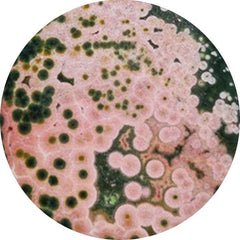 Ocean jasper (259)
Ocean jasper (259)
 October birthstone (1333)
October birthstone (1333)
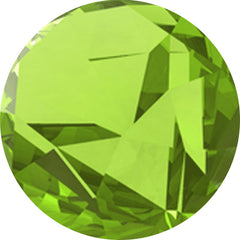 Olive quartz (5)
Olive quartz (5)
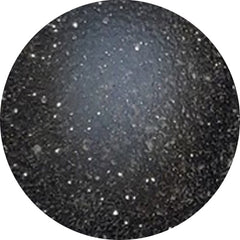 Onyx (290)
Onyx (290)
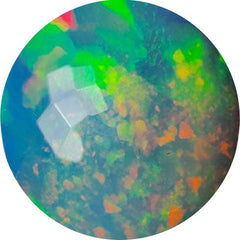 Opal (1101)
Opal (1101)
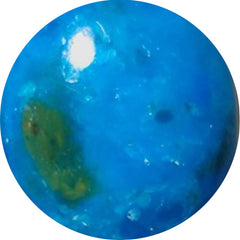 Opalina (11)
Opalina (11)
 Opalite (30)
Opalite (30)
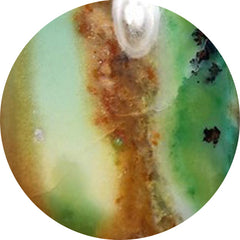 Opalwood (5)
Opalwood (5)
 Orange kyanite (2)
Orange kyanite (2)
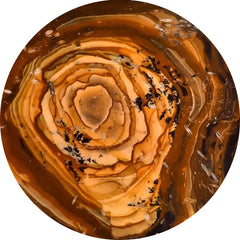 Oregon jasper (7)
Oregon jasper (7)
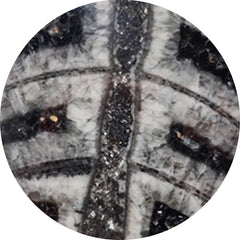 Orthoceras fossil (37)
Orthoceras fossil (37)
 Outback jasper (5)
Outback jasper (5)
 Oval shape gemstones (7)
Oval shape gemstones (7)
 Over $50 (429)
Over $50 (429)
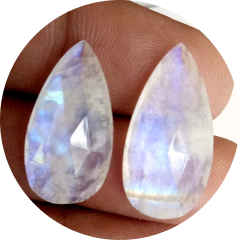 Pairs (969)
Pairs (969)
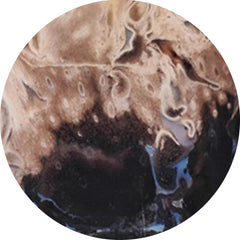 Palmroot agate (92)
Palmroot agate (92)
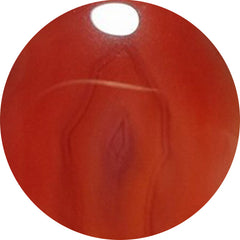 Passion agate (1)
Passion agate (1)
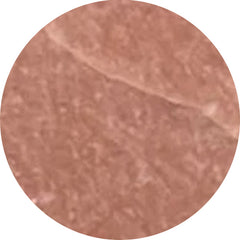 Peach moonstone (47)
Peach moonstone (47)
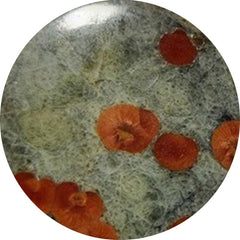 Peanut obsidian (40)
Peanut obsidian (40)
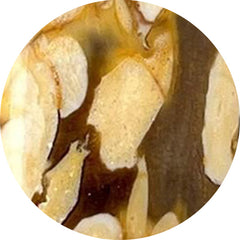 Peanut wood jasper (178)
Peanut wood jasper (178)
 Pear shape gemstones (9)
Pear shape gemstones (9)
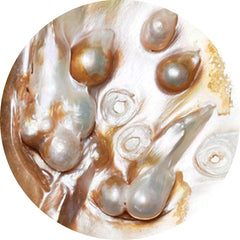 Pearl (655)
Pearl (655)
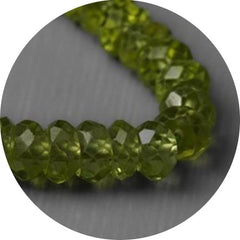 Peridot (60)
Peridot (60)
 Petalite (25)
Petalite (25)
 Petrified wood (56)
Petrified wood (56)
 Phosphosiderite (94)
Phosphosiderite (94)
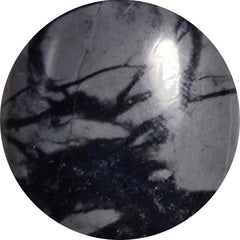 Picasso jasper (82)
Picasso jasper (82)
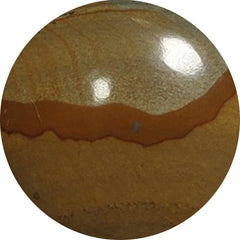 Picture jasper (82)
Picture jasper (82)
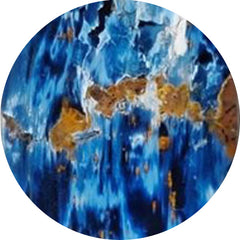 Pietersite (47)
Pietersite (47)
 Pink gemstones (478)
Pink gemstones (478)
 Pink opal (151)
Pink opal (151)
 Pink tourmaline (90)
Pink tourmaline (90)
 Pinolith (35)
Pinolith (35)
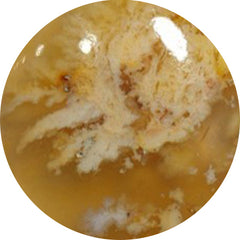 Plume agate (96)
Plume agate (96)
 Polka dot agate (42)
Polka dot agate (42)
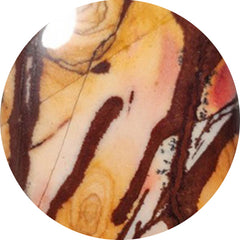 Polychrome jasper (42)
Polychrome jasper (42)
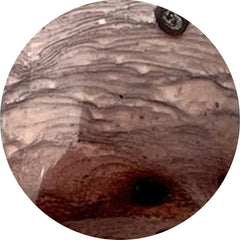 Porcelain jasper (30)
Porcelain jasper (30)
 Prasiolite (45)
Prasiolite (45)
 Prehnite (22)
Prehnite (22)
 Psilomelane (23)
Psilomelane (23)
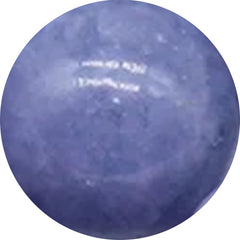 Purple chalcedony (45)
Purple chalcedony (45)
 Purple gemstones (1022)
Purple gemstones (1022)
 Purpurite (7)
Purpurite (7)
 Pyrite (138)
Pyrite (138)
 Quartz (125)
Quartz (125)
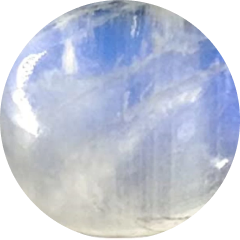 Rain moonstones (0)
Rain moonstones (0)
 Rainbow calcilica (11)
Rainbow calcilica (11)
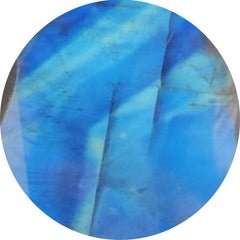 Rainbow moonstone (91)
Rainbow moonstone (91)
 Red coral (8)
Red coral (8)
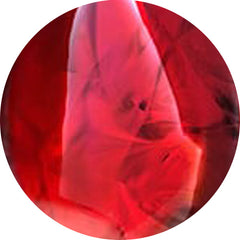 Red fossil (0)
Red fossil (0)
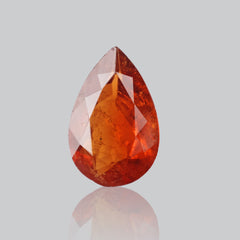 Red gemstones (372)
Red gemstones (372)
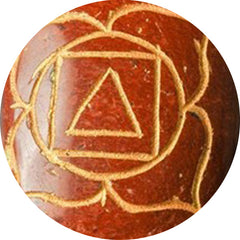 Red jasper (3)
Red jasper (3)
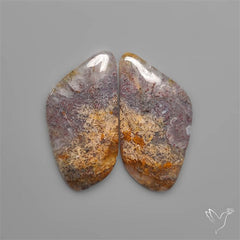 Red moss agate (77)
Red moss agate (77)
 Red river jasper (16)
Red river jasper (16)
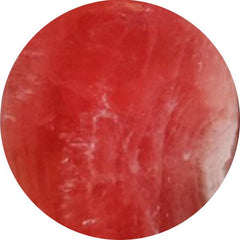 Rhodochrosite (408)
Rhodochrosite (408)
 Rhodonite (81)
Rhodonite (81)
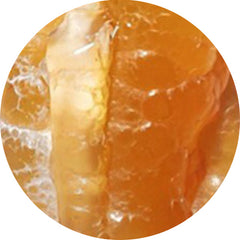 Rock chalcedony (2)
Rock chalcedony (2)
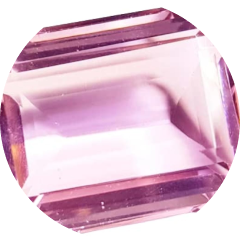 Rose cut gemstones (739)
Rose cut gemstones (739)
 Rose quartz (55)
Rose quartz (55)
 Rosita jasper (11)
Rosita jasper (11)
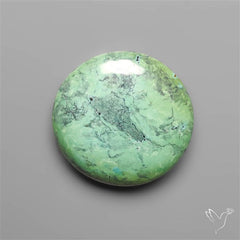 Round shape gemstones (6)
Round shape gemstones (6)
 Ruby (201)
Ruby (201)
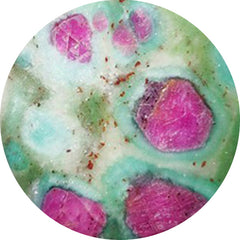 Ruby in fuchsite (6)
Ruby in fuchsite (6)
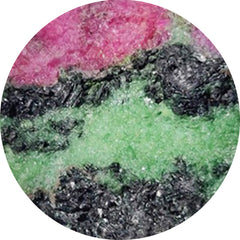 Ruby in zoisite (94)
Ruby in zoisite (94)
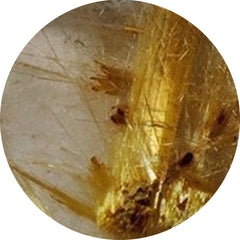 Rutilated quartz (267)
Rutilated quartz (267)
 Sage brush jasper (27)
Sage brush jasper (27)
 Sand dollar fossil (3)
Sand dollar fossil (3)
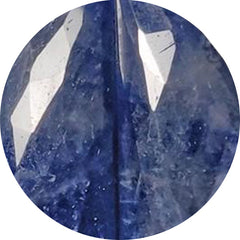 Sapphire (38)
Sapphire (38)
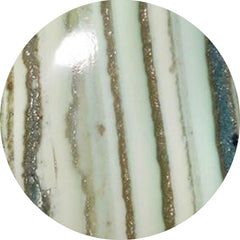 Saturn chalcedony (60)
Saturn chalcedony (60)
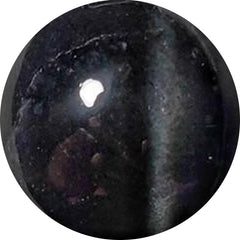 Scapolite (13)
Scapolite (13)
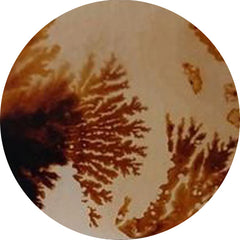 Scenic agate (103)
Scenic agate (103)
 Schalenblende (89)
Schalenblende (89)
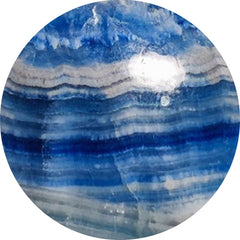 Scheelite (37)
Scheelite (37)
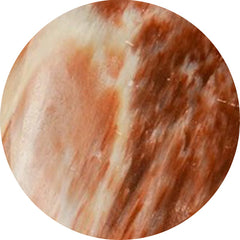 Scolecite (53)
Scolecite (53)
 Sea sediment jasper (0)
Sea sediment jasper (0)
 Selenite (13)
Selenite (13)
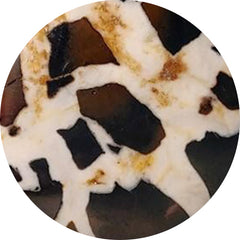 Septarian (94)
Septarian (94)
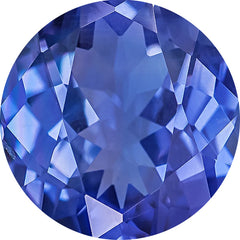 September birthstone (209)
September birthstone (209)
 Seraphinite (82)
Seraphinite (82)
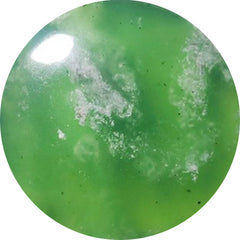 Serpentine (167)
Serpentine (167)
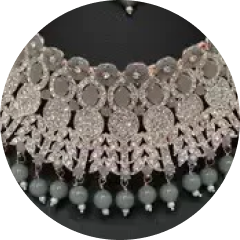 Sets (39)
Sets (39)
 Shattuckite (279)
Shattuckite (279)
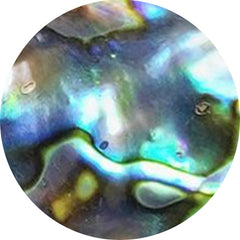 Shell (303)
Shell (303)
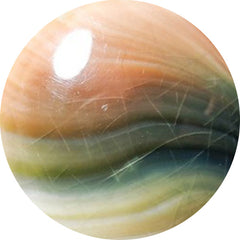 Shiva eye shell (46)
Shiva eye shell (46)
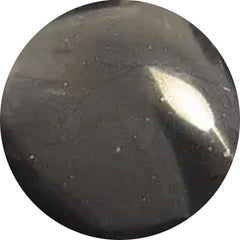 Shungite (4)
Shungite (4)
 Sieber agate (0)
Sieber agate (0)
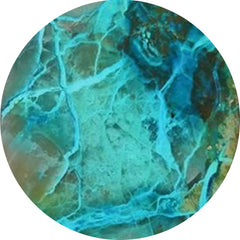 Silica (4)
Silica (4)
 Silver leaf jasper (8)
Silver leaf jasper (8)
 Sky blue topaz (5)
Sky blue topaz (5)
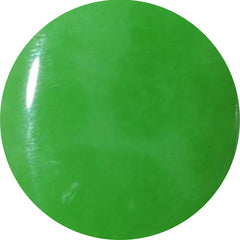 Smithsonite (29)
Smithsonite (29)
 Smoky quartz (23)
Smoky quartz (23)
 Snakeskin jasper (48)
Snakeskin jasper (48)
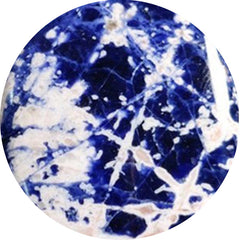 Sodalite (73)
Sodalite (73)
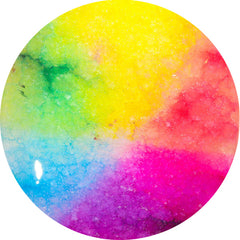 Solar agate (1)
Solar agate (1)
 Solar quartz (53)
Solar quartz (53)
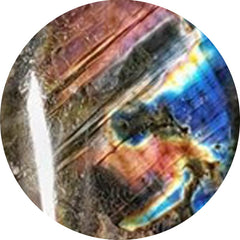 Spectrolite (129)
Spectrolite (129)
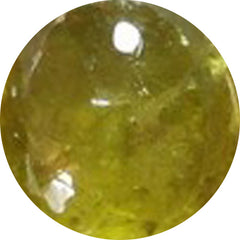 Sphence (25)
Sphence (25)
 Spiderweb jasper (1)
Spiderweb jasper (1)
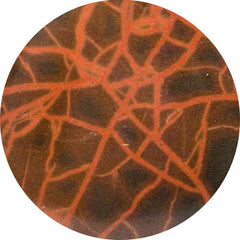 Spiderwoman jasper (0)
Spiderwoman jasper (0)
 Spiny oyster shell (72)
Spiny oyster shell (72)
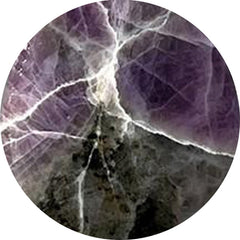 Spurrite (7)
Spurrite (7)
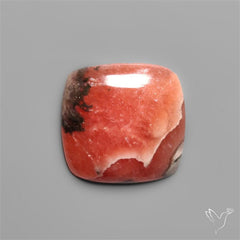 Square shape gemstones (10)
Square shape gemstones (10)
 Starburst (2)
Starburst (2)
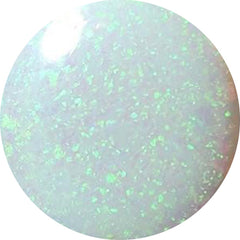 Sterling opal (11)
Sterling opal (11)
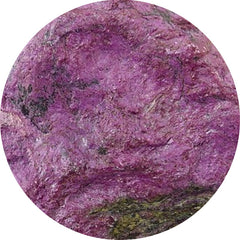 Stichtite (37)
Stichtite (37)
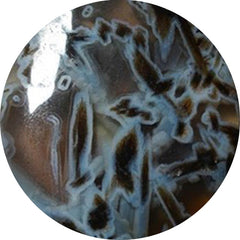 Stick agate (6)
Stick agate (6)
 Stitchtite (123)
Stitchtite (123)
 Stramatolite (0)
Stramatolite (0)
 Strawberry quartz (8)
Strawberry quartz (8)
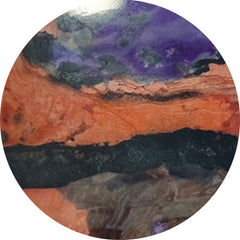 Sugilite (0)
Sugilite (0)
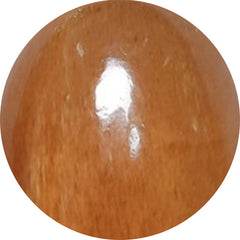 Sunstone (272)
Sunstone (272)
 Surfite (1)
Surfite (1)
 Swiss blue topaz (32)
Swiss blue topaz (32)
 Swiss opal (3)
Swiss opal (3)
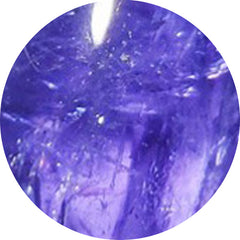 Tanzanite (53)
Tanzanite (53)
 Tanzurine (12)
Tanzurine (12)
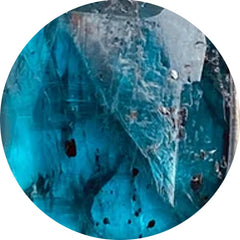 Teal kyanite (9)
Teal kyanite (9)
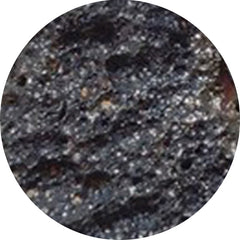 Tektite (42)
Tektite (42)
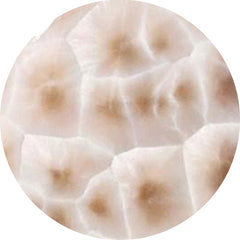 Thomsonite (35)
Thomsonite (35)
 Thulite (80)
Thulite (80)
 Thunder egg agate (0)
Thunder egg agate (0)
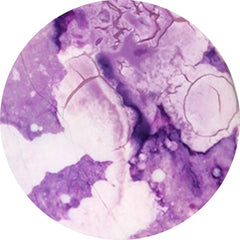 Tiffany stone (6)
Tiffany stone (6)
 Tiger eye (66)
Tiger eye (66)
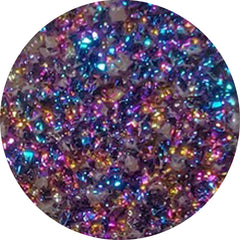 Titanium druzy (5)
Titanium druzy (5)
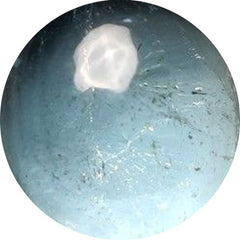 Topaz (50)
Topaz (50)
 Tourmaline (245)
Tourmaline (245)
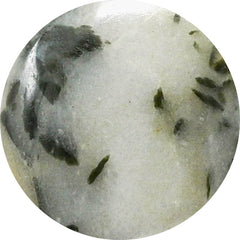 Tourmaline in quartz (86)
Tourmaline in quartz (86)
 Treated opal (38)
Treated opal (38)
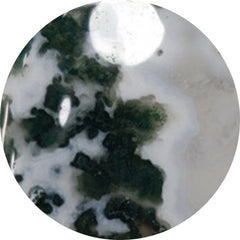 Tree agate (31)
Tree agate (31)
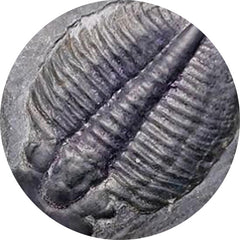 Trilobite fossil (18)
Trilobite fossil (18)
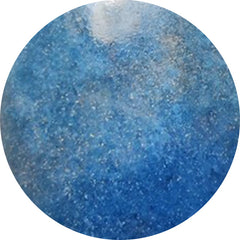 Trolleite quartz (30)
Trolleite quartz (30)
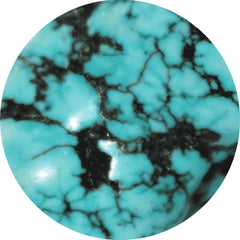 Tumbles (1)
Tumbles (1)
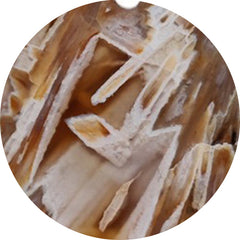 Turkish tube agate (66)
Turkish tube agate (66)
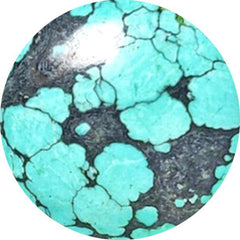 Turquoise (241)
Turquoise (241)
 Turritella jasper (3)
Turritella jasper (3)
 Tuxedo agate (64)
Tuxedo agate (64)
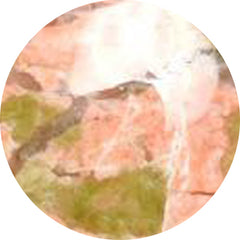 Unakite (3)
Unakite (3)
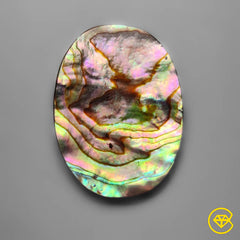 Under $10 (4112)
Under $10 (4112)
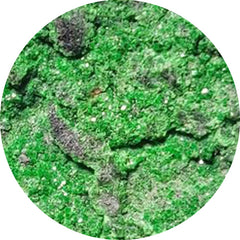 Uvarovite garnet (3)
Uvarovite garnet (3)
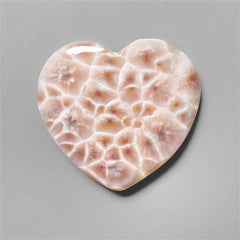 Valentine (812)
Valentine (812)
 Vanadinite druzy (9)
Vanadinite druzy (9)
 Variscite (137)
Variscite (137)
 Vesuvianite (1)
Vesuvianite (1)
 Video collection (274)
Video collection (274)
 Vivianite (2)
Vivianite (2)
 Volcanic cotham marble (7)
Volcanic cotham marble (7)
 Wagul jasper (3)
Wagul jasper (3)
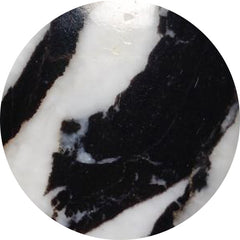 White buffalo turquoise (16)
White buffalo turquoise (16)
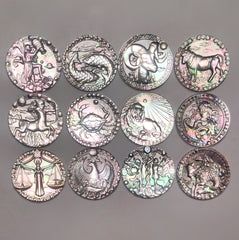 White gemstones (1129)
White gemstones (1129)
 White horse canyon (46)
White horse canyon (46)
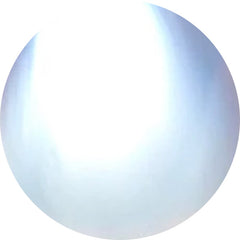 White moonstone (37)
White moonstone (37)
 White opal (13)
White opal (13)
 Wild horse jasper (120)
Wild horse jasper (120)
 Wild horse magnesite (51)
Wild horse magnesite (51)
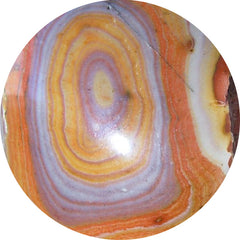 Wonder stone (0)
Wonder stone (0)
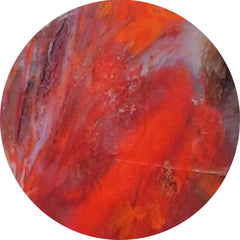 Wood (209)
Wood (209)
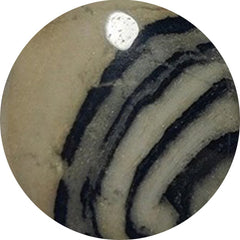 Yavapai travertine (0)
Yavapai travertine (0)
 Yellow gemstones (175)
Yellow gemstones (175)
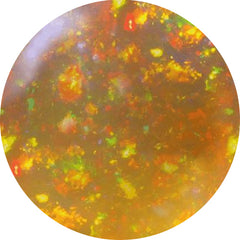 Yellow opal (7)
Yellow opal (7)
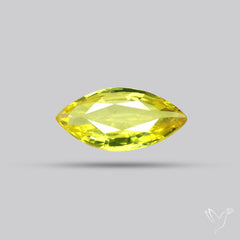 Yellow sapphire (7)
Yellow sapphire (7)
 Yemeni aqeeq (0)
Yemeni aqeeq (0)
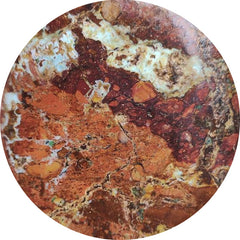 Zarinite (0)
Zarinite (0)
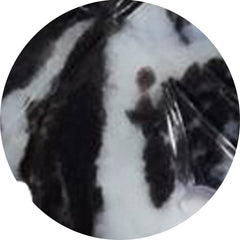 Zebra jasper (1)
Zebra jasper (1)
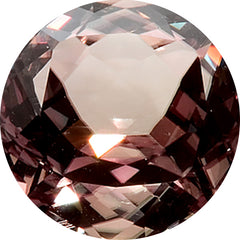 Zultanite (4)
Zultanite (4)





















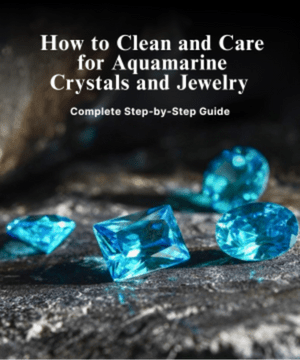







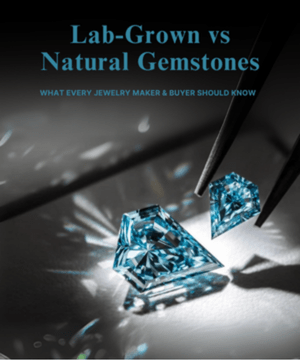
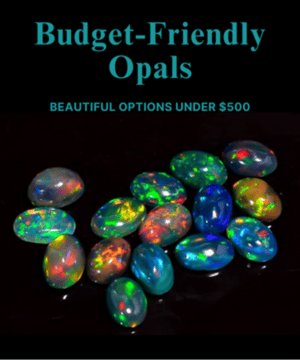
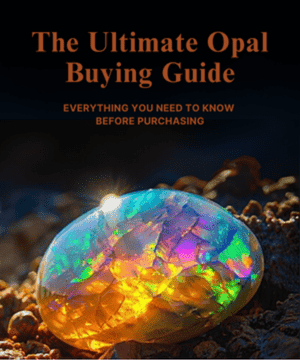


Leave a Comment